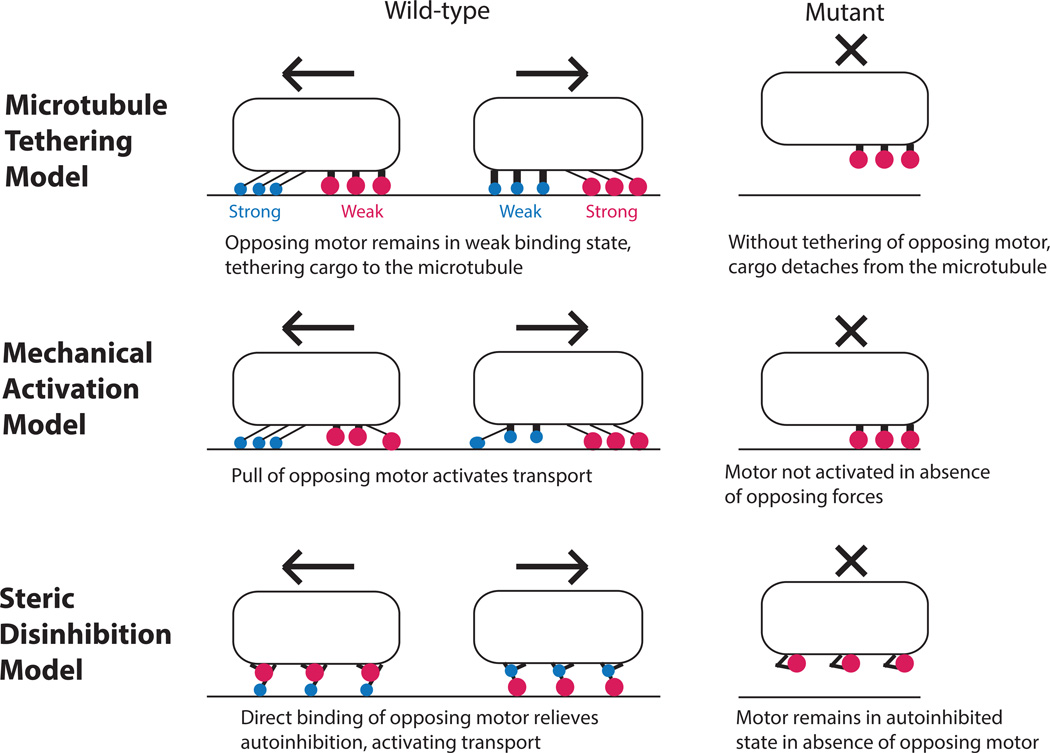Figure 5. Three hypothetical mechanisms for resolving the paradox of codependence.
In the microtubule tethering mechanism, motors are proposed to transition between a strong-binding state when the motor is walking and a weak-binding state in which the motor is inactive but remains tethered to the microtubule. Diminished cargo transport in mutants results from a lack of tethering. In the mechanical activation mechanism, motors are posited to be in an inactive state until an opposing force pulls on and activates them. The absence of one class of motors in a mutant diminishes cargo transport because the opposing motor is not mechanically activated. In the steric disinhibition mechanism, motors are proposed to remain in an inhibited state even when bound to their cargo. Direct binding by opposing motors or other regulatory proteins relieves inhibition, resulting in transport. The diminished cargo transport in mutants results from motors remaining in their inhibited state.

